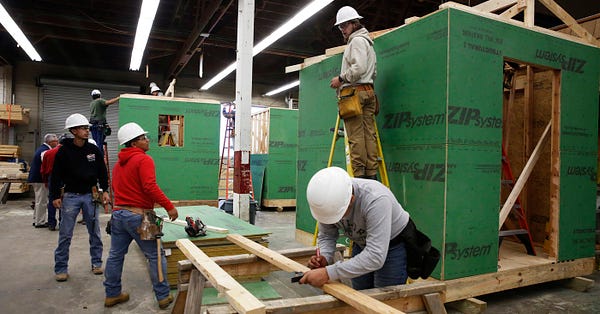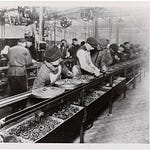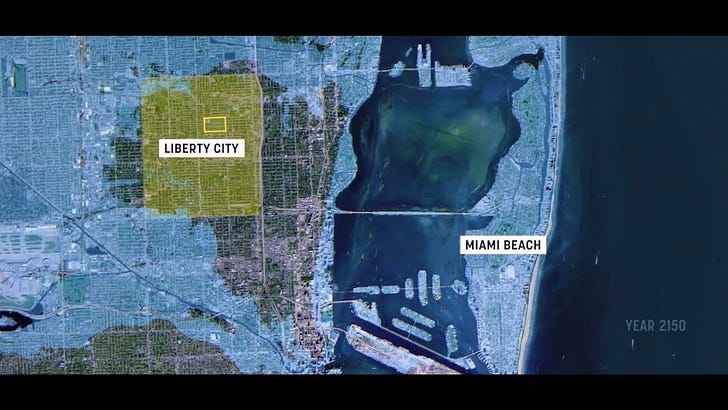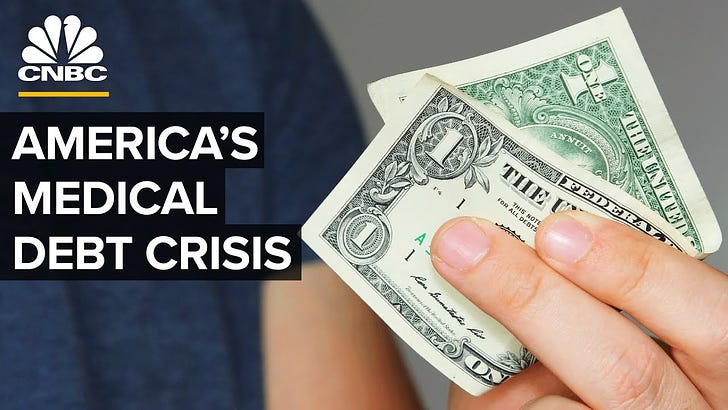“It’s not just about money”
“That brings us to the bigger issue. This is not really a debate about fiscal policy. It’s about whether higher education should be a commodity or a public service.”
Maggie Astor, The New York Times, 2019


Our country has been debating for decades what to do about the rising cost of college tuition, enormous student loan debt, the size of government grants and loans for students and whether to make public, two and four year colleges tuition free. Recently though, President Biden has taken some action. He has to date, forgiven more student loan debt than any other President: $17 billion in targeted relief effecting over 700,000 people, and he extended the “pandemic related pause” on student loan repayments and interest three times (the latest extension will expire on May 1, unless it is extended again).1 And in mid-March, as part of the short term budget bill, Congress raised the maximum amount of a Pell Grant by $400 to $6,895. Although it doesn’t sound like much, it’s a 6.2% raise and the largest increase to Pell grants in 10 years.
Given rising tuition costs, though, it still isn’t enough to keep students out of poverty. According to this recent article from The Progressive Magazine:
Nearly 60 percent of U.S. college students reported struggling to meet basic needs—including food and housing—during the past year, with Black and Latinx students both more likely to need aid and less likely to get it. State funding for public higher education has decreased, as has federal support.
The story features several students who are living out of their cars in order to pay their tuition costs. Fortunately, over 30 schools across the country have started their own funding program called Faculty and Students Together (FAST) Funds that provide emergency money for students to keep them enrolled.
The article also points out a startling figure:
Forty years ago, a Federal Pell Grant would cover 75 percent of the costs of attending a public university, but now it covers only about 30 percent. Increases in the cost of living and the loss of jobs during the pandemic have put students in additional financial peril.
This New York Times article from 2019, which discusses the then Democratic Presidential primary candidates’ varying take on whether public college should be tuition free, nails one of the big questions swirling about higher education today: Is it a commodity to be sold to students via interest bearing loans, or an idea, like free K-12 public schools were over 100 years ago, and deemed worthy of substantial government support?2
I lean toward the latter idea: That by today’s standards, an education beyond high school is akin to a necessity, like K-12 was declared over a century ago. Although the Constitution leaves education decisions primarily up to the states, our founding fathers understood that an educated electorate is essential for a participatory democracy like ours. But educating our populace has been a shockingly slow process:
High school attendance did not become commonplace until the 20th century. In 1910, just 14% of Americans aged 25 and older had completed high school. As recently as 1970, the high school completion rate was only 55%. In 2017, 90% of Americans aged 25 and older had a high school degree.
But there is what might be considered a competing thought, although I see it as complimentary to our ideal of an educated citizenry: Not everyone wants or needs a formal education beyond high school. I morphed my career from law to education about 20 years ago, and have loved teaching English and writing, and now I tutor writing at a community college. Perhaps it’s the nature of my position, but I see many students struggling with the basics of reading and writing and wonder whether their two year degree will help them better understand our world, which to me is the purpose of formal education, rather than use that diploma to get a job, perhaps not necessarily in their chosen field, simply to pay down their loans.
I believe formal education beyond high school is a positive and should be available for as many people in our country as possible, and the more intellectually rigorous the better. That specific type of learning is something no one can take away from you.
But neither is the hands on training for a job in the trades, like construction, electrical or plumbing work, among others. This NPR article published just days ago discusses the effect the pandemic had on higher education, including two-year colleges. It turns out that many students, like many employees, are pausing to re-think the purpose and direction of their education and career, and choosing a different path.
Since the pandemic began, more than a million students have held off from going to college, opting to work instead. Two-year public schools have been among the hardest hit — they're down about three-quarters of a million students. Skilled-trades programs are the exception. Across the country, associate's degree programs in fields like HVAC and automotive repair have seen enrollment numbers swell. NPR
When Transportation Secretary, Pete Buttigieg, was running for President in 2019, he often articulated interesting ideas that were different from the other candidates — he had a different way of analyzing the same issues but generating a different perspective. I don’t recall any other candidate in recent history, emphasizing that our economy should support and work for those who choose not to attend college, but here’s what Buttigieg said during a presidential debate:
In the steel town on the Ohio River where I was raised, I’m guessing that most of its population did not have college degrees. But most people did have steady jobs in the steel mills which paid enough to allow them a middle class life. They worked hard to support their families and many were able to send their children to college if they chose that route. My father graduated from the local Catholic College, but he didn’t need that degree to work as an insurance agent, or the other jobs he worked before that, yet he was proud that he was the first in his family to graduate college thanks to the GI Bill.
But now we have students whose apartment is their car, because they are trying to make it through college. Although some in this perilous situation are succeeding, like the woman featured in the Progressive Magazine story, how many others are not?
I’d love to hear your thoughts about forgiving student loan debt, climbing tuition prices, students living in their cars to get a degree, and whatever else strikes your fancy. Have at it!
As always, if you are not already a free or paid subscriber, please consider joining our community today.
This is a fantastic primer on how and why the K-12 public school system came to be in the United States, written by the Center on Education Policy. https://files.eric.ed.gov/fulltext/ED606970.pdf














College Students Living In Their Cars